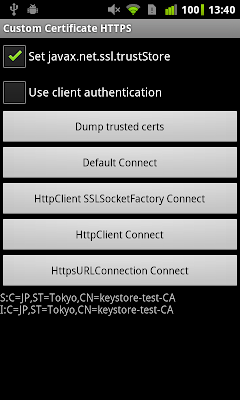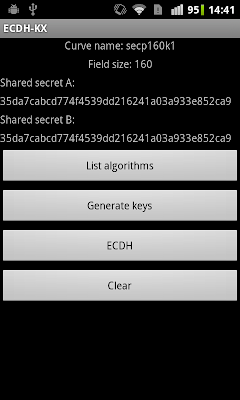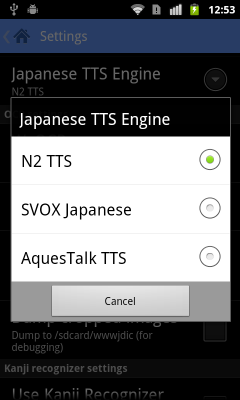Using a Custom Certificate Trust Store on Android

As mentioned in a previous post , Android 4.0 (ICS) adds both a system UI and SDK API's that let you add certificates to the system trust store. On all previous version though, the system trust store is read-only and there is no way to add certificates on non-rooted devices. Therefore, if you want to connect to a server that is using a certificate not signed by one of the CA's included in the system trust store (including a self-signed one), you need to create and use a private trust store for the application. That is not particularly hard to do, but 'how to connect to a server with a self-signed certificate' is one of the most asked Android questions on StackOverflow , and the usual answer goes along the lines of 'simply trust all certificates and you are done'. While this will indeed let you connect, and might be OK for testing, it defeats the whole purpose of using HTTPS: your connection might be encrypted but you have no way of knowing who you are talking to









